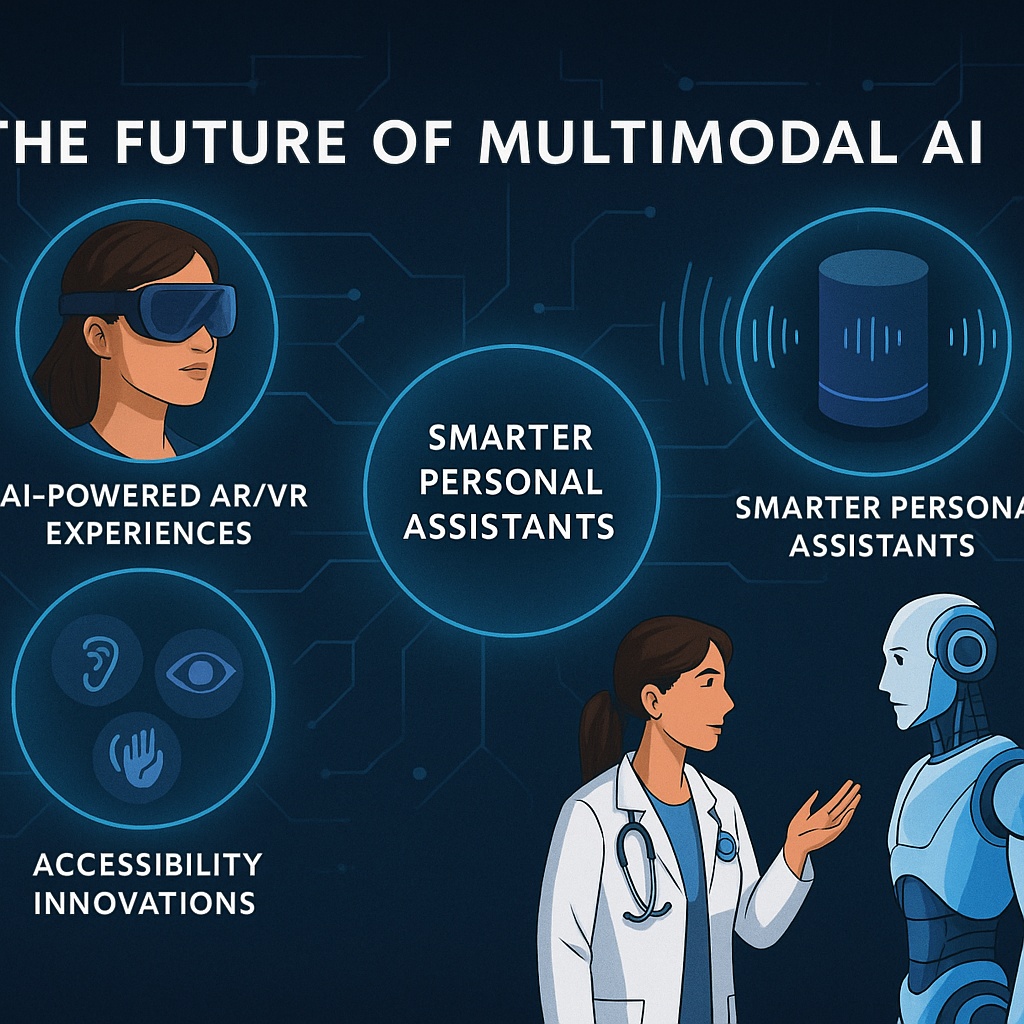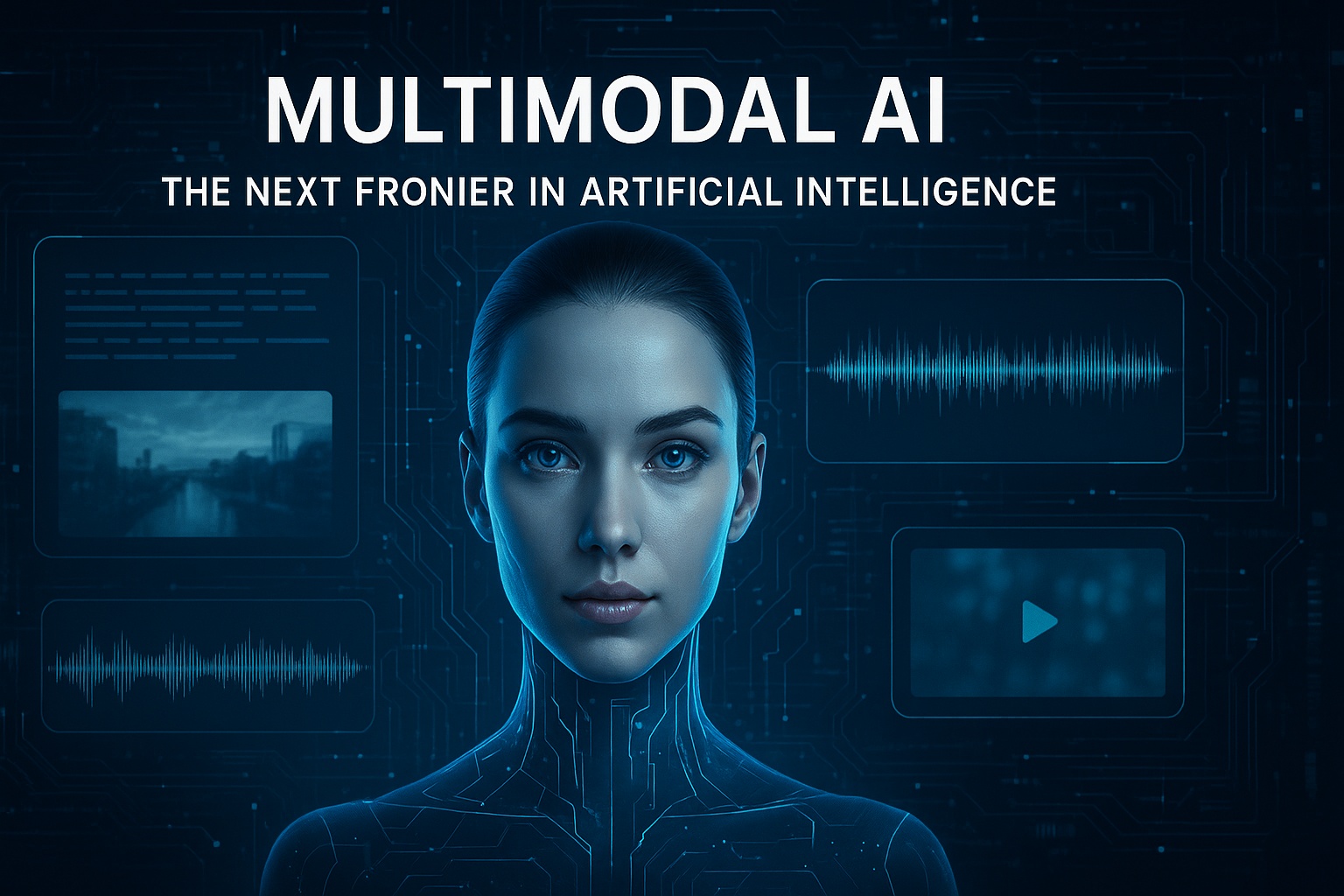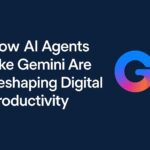Artificial Intelligence (AI) is evolving rapidly—and one of the most exciting developments is Multimodal AI. This next-gen tech is reshaping how machines understand the world by combining multiple types of data, like text, images, audio, and video. But what is it really, and why is it such a game-changer? Let’s dive in.
What is Multimodal AI?
Multimodal AI describes systems capable of interpreting and combining data from multiple sources, such as text, images, speech, and sensors. Unlike traditional AI models, multimodal systems understand and generate insights across multiple forms at once.
Examples of Modalities:
- Text: Articles, messages, emails
- Vision: Images, videos
- Audio: Voice commands, music
- Sensor Data: IoT signals, biometrics
Why Multimodal AI is Trending in 2025
According to Google Trends, searches for “Multimodal AI” are rapidly rising in the U.S. Tech leaders like Google, OpenAI, and Meta are all investing heavily in this space. For example, Google’s Gemini AI and OpenAI’s GPT-4o offer real-time multimodal processing capabilities.
Real-World Applications of Multimodal AI
1. Healthcare
Combining medical images with text records enables faster, more accurate diagnoses. IBM Watson Health is one example.
2. Customer Support
Chatbots that analyze both text and image inputs can better solve customer issues. Companies like Zendesk and LivePerson are adopting this technology.
3. Education
AI-driven platforms blend video, audio, and text for personalized learning. This enhances engagement across different learning styles.
4. Content Creation
Tools like Runway and Adobe Firefly empower creators to produce multimedia content efficiently.
5. Autonomous Vehicles
Multimodal AI helps process sensor data from LIDAR, cameras, and GPS in real-time for smarter navigation.
How It Works Behind the Scenes
- Transformers: Adapted from NLP for use in vision and audio
- Cross-modal attention: Links visual and textual inputs
- Embedding alignment: Converts modalities into a shared vector space
Read more in this Meta AI research paper.
Challenges of Multimodal AI
1. Data Fusion Complexity
Models must understand which data modality to prioritize based on context.
2. Bias and Fairness
Different inputs introduce their own biases, potentially compounding unfair results.
3. Computational Costs
Training large multimodal models is expensive and energy-intensive.
4. Privacy Concerns
Handling audio, video, and text data brings serious privacy implications, especially under GDPR and CCPA.
Ethical and Social Implications
- Can multimodal AI be trusted with sensitive data?
- How can we prevent reinforcing stereotypes?
- Should developers need certifications or licenses?
Groups like the AI Now Institute are advocating for responsible use of this tech.
The Future of Multimodal AI

1. AI-Powered AR/VR Experiences
Imagine AR glasses that see, hear, and understand your environment in real time.
2. Smarter Personal Assistants
Assistants such as Siri and Alexa will become more adept at understanding speech, facial cues, and surroundings at the same time.
3. Accessibility Innovations
- For the visually impaired: Real-time scene description
- For the hearing impaired: Speech-to-text with context awareness
- For the speech-impaired: Gesture and facial expression interpretation
4. Human-AI Collaboration
Multimodal AI will allow humans and machines to interact more naturally across various sectors.
Getting Started with Multimodal AI
Resources to explore:
- Hugging Face – Open multimodal models like CLIP
- OpenAI API – Experience GPT-4o for handling both text and image-based tasks.
- PyTorch – Build your own multimodal models
- Google Cloud Vertex AI – Enterprise-grade ML platform
Conclusion
Multimodal AI isn’t just a tech trend—it’s a new paradigm for human-machine interaction. By fusing the ways we read, see, and hear, it’s creating smarter, more intuitive systems.
From diagnosing disease to enhancing AR experiences, Multimodal AI is the next big leap in AI innovation.
Want more AI insights? Check out our article on AI-Powered Cyber Threats and stay ahead of the curve!



